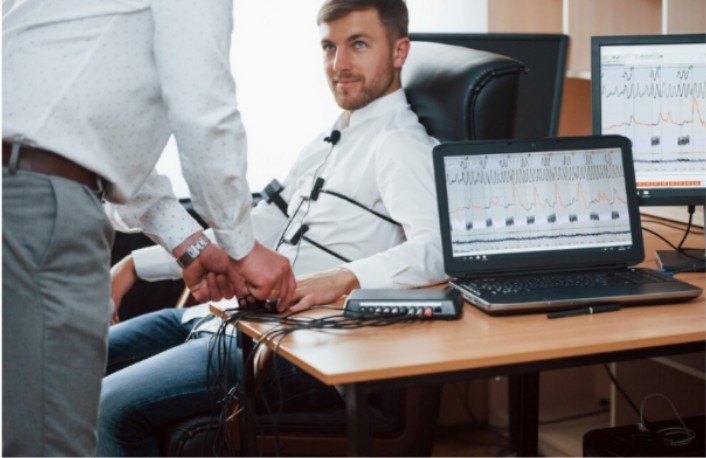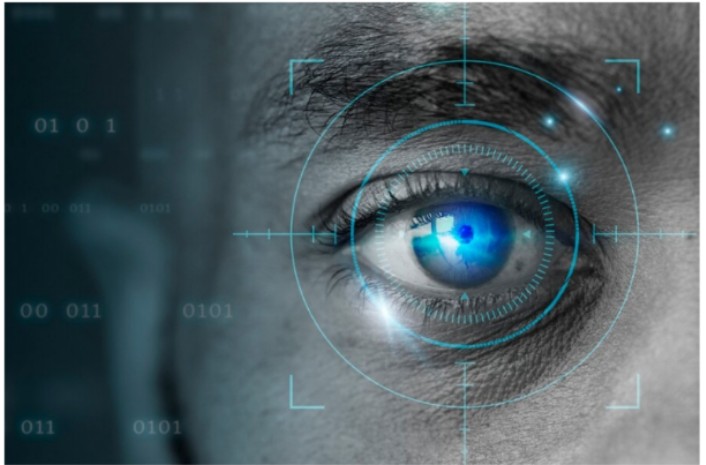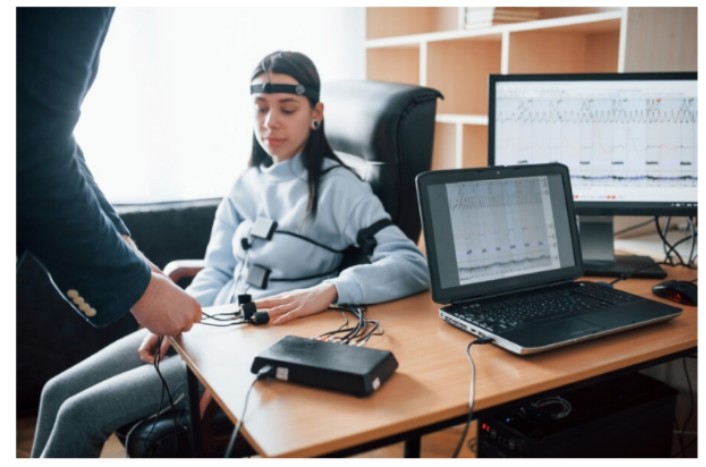A lie detector test generally shows whether a person is truthful. It works by measuring the body’s automatic responses to questions. These reactions include changes in heart rate, breathing, or sweating, showing signs of stress. In the case of lying, the body reacts differently, which is what the test detects. Different types of lie detector tests are, in their way, designed for various situations.
Some use high-tech ways of monitoring the activity of the brain or even the movement of the eyes, while other tests might depend on physical responses such as changes in voice or reaction times. Each has its relative strengths and weaknesses, and knowing how they work will help you identify which test will suit your needs.
Furthermore, lie detector tests are also applied in grave matters. They are used in criminal matters, court cases, employment screening, and even personal issues such as infidelity. Different tests are to be administered, depending on the situation and questions that need to be answered. This article will break down seven common types of lie detector tests. It will explain each in simple terms so you can understand how they work and what they’re used for.
1. Polygraph Test
The polygraph is the first thing that comes to mind when mentioning lie detector tests. It checks your body for changes, such as how fast your heart beats, how you breathe, and how much you sweat. These changes naturally happen when one feels nervous or stressed or tries to hide the truth.
Additionally, the test will involve many questions: some will be easy, and some will be serious. An example could be your name, age, or even the issue under test. This is to see how your body responds to the questions. Experts using a lie detector closely monitor your response, as your body can react weirdly to certain questions – a probable sign of lying. However, these findings do not prove guilt; they are another way to gather more information.
Furthermore, polygraph tests have many purposes. Police often use them to investigate a crime. Employers may use them to check candidates for sensitive jobs. It is also sometimes used to solve a problem in relationships or as a way of confirming whether people trust one another or not. Remember, polygraph tests are trusted due to their effectiveness in spotting signs of lying; however, they work best when conducted by trained professionals.

2. Eye-Tracking Test
Other more modern ways of detecting lies involve eye-tracking tests. It centers around how your eyes act while answering questions, mainly regarding changes in pupil size, blinking speed, and focus.
When people lie, there are small but definite indications that their eyes show. A person may blink too much or keep eye contact away. The change is what the test attempts to perceive.
Another benefit of eye-tracking tests is that they are rather unintrusive. There’s no need to hook a person up with wires and sensors. Instead, a camera or device can track your eyes while answering questions. This technique is still under research. Though it shows some promise, it is not as trusted or widely used as polygraph tests. Eye-tracking technology is considered a developing tool, and more research is needed to confirm its reliability.

3. Voice Stress Analysis (VSA)
Another technique used in the detection of lying is called Voice Stress Analysis. This method focuses on your voice. For example, when a person gets stressed or nervous, the pitch of his voice may change. It may sound trembling, higher, or uneven.
Unlike a polygraph test, VSA does not involve wires or sensors. But it uses a special, sophisticated computer program to check your voice. The device searches for signs of ‘stress’ that may suggest deception. Yet many specialists say VSA is unreliable; it is easier to fool it than a polygraph test, and the results are inconsistent. That is why professionals rely on VSA less than other methods.
4. Thermal Imaging
Thermal imaging is a high-tech technique employing special cameras that can detect heat. When an individual tells a lie, there may be a slight warming of their face due to the rise in stress in their body. Thermal cameras detect such minute changes in temperature.
With this non-invasive method, there is no need to put on devices or answer too many questions. While it does sound advanced, it’s not always reliable. External factors, such as room temperature, can affect these results.

5. EEG-Based Tests
EEG-based tests use the pattern of brain waves to determine when one is lying. In a real sense, the test measures your brain’s reaction to a certain question or statement. The areas of the brain involved with lying show increased activity.
Therefore, this test is done by placing sensors on the head to monitor the brain’s activity. It is uncommon since it requires costly equipment and expertise.
6. Reaction Time Tests
This method measures how quickly you respond to questions. People who lie may hesitate before answering or take longer to respond. Reaction time tests are easy to conduct and don’t require complicated equipment.
However, they’re less reliable because many factors can influence how fast someone answers, like nerves or confusion, even if they’re telling the truth.
7. Functional Magnetic Resonance Imaging fMRI
fMRI lie detection is a technique that uses functional magnetic resonance imaging (fMRI) to assess brain activity in response to deceptive behavior. The idea behind fMRI lie detection is that lying activates different areas of the brain compared to telling the truth. Research has shown that when a person lies, there is often increased activity in regions such as the prefrontal cortex, which is involved in decision-making and complex cognitive processes, and the anterior cingulate cortex, which is linked to emotional regulation and conflict monitoring.
fMRI lie detection typically involves showing a person specific questions or stimuli while their brain activity is monitored. The goal is to identify patterns of brain activation that are consistent with deception.
Key Takeaways
Lie detector tests are of use in many scenarios. These tests bring different criminal investigations, workplace screenings, and even relationships to light. This test is essential in showing the alteration of body or behavior responses, which might not be noticed while seeking information.
Remember, lie detector tests are not magic. Also, they cannot always guarantee absolute truth or the right results. A factor of stress, anxious feelings, or health status might sometimes influence the accuracy of the results, even for quite honest people. Likewise, weaker techniques like Voice Stress Analysis can lead to false conclusions.






